Andrew French
Gravity Estimation at Small Bodies via Optical Tracking of Hopping Artificial Probes
Feb 13, 2022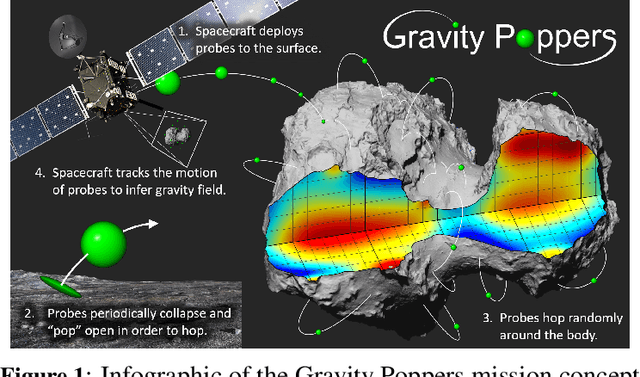

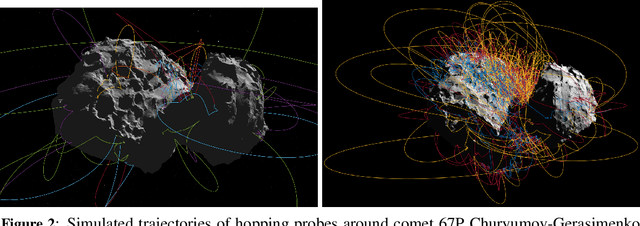
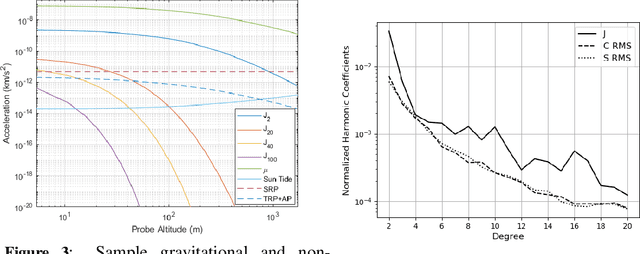
Abstract:Despite numerous successful missions to small celestial bodies, the gravity field of such targets has been poorly characterized so far. Gravity estimates can be used to infer the internal structure and composition of small bodies and, as such, have strong implications in the fields of planetary science, planetary defense, and in-situ resource utilization. Current gravimetry techniques at small bodies mostly rely on tracking the spacecraft orbital motion, where the gravity observability is low. To date, only lower-degree and order spherical harmonics of small-body gravity fields could be resolved. In this paper, we evaluate gravimetry performance for a novel mission architecture where artificial probes repeatedly hop across the surface of the small body and perform low-altitude, suborbital arcs. Such probes are tracked using optical measurements from the mothership's onboard camera and orbit determination is performed to estimate the probe trajectories, the small body's rotational kinematics, and the gravity field. The suborbital motion of the probes provides dense observations at low altitude, where the gravity signal is stronger. We assess the impact of observation parameters and mission duration on gravity observability. Results suggest that the gravitational spherical harmonics of a small body with the same mass as the asteroid Bennu, can be observed at least up to degree 40 within months of observations. Measurement precision and frequency are key to achieve high-performance gravimetry.
Using Metamorphic Relations to Verify and Enhance Artcode Classification
Aug 05, 2021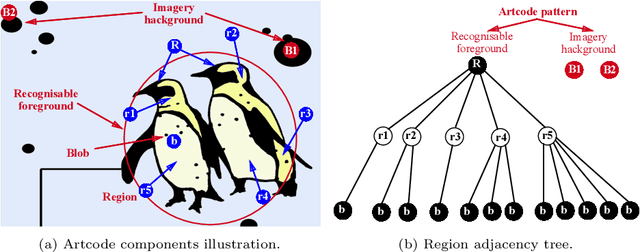
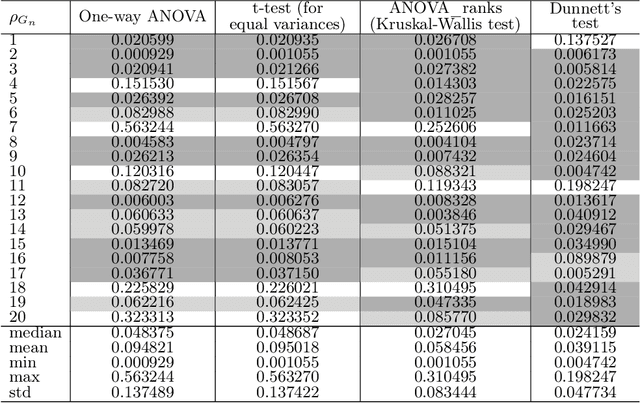
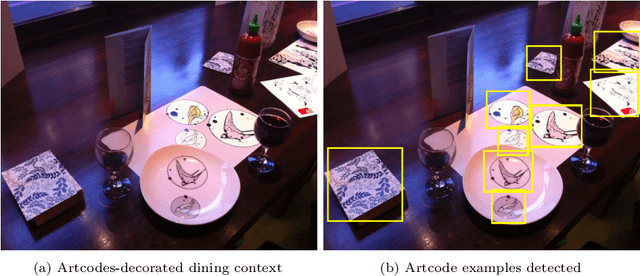

Abstract:Software testing is often hindered where it is impossible or impractical to determine the correctness of the behaviour or output of the software under test (SUT), a situation known as the oracle problem. An example of an area facing the oracle problem is automatic image classification, using machine learning to classify an input image as one of a set of predefined classes. An approach to software testing that alleviates the oracle problem is metamorphic testing (MT). While traditional software testing examines the correctness of individual test cases, MT instead examines the relations amongst multiple executions of test cases and their outputs. These relations are called metamorphic relations (MRs): if an MR is found to be violated, then a fault must exist in the SUT. This paper examines the problem of classifying images containing visually hidden markers called Artcodes, and applies MT to verify and enhance the trained classifiers. This paper further examines two MRs, Separation and Occlusion, and reports on their capability in verifying the image classification using one-way analysis of variance (ANOVA) in conjunction with three other statistical analysis methods: t-test (for unequal variances), Kruskal-Wallis test, and Dunnett's test. In addition to our previously-studied classifier, that used Random Forests, we introduce a new classifier that uses a support vector machine, and present its MR-augmented version. Experimental evaluations across a number of performance metrics show that the augmented classifiers can achieve better performance than non-augmented classifiers. This paper also analyses how the enhanced performance is obtained.
 Add to Chrome
Add to Chrome Add to Firefox
Add to Firefox Add to Edge
Add to Edge